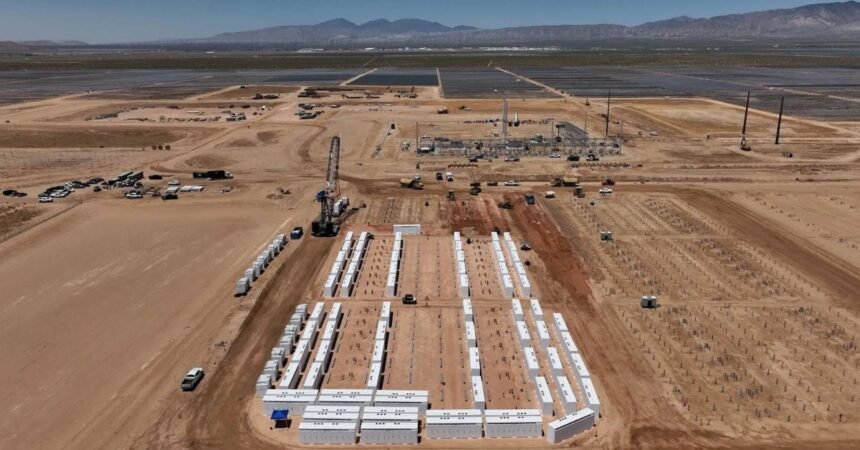The latest data from the US Energy Information Administration (EIA) has revealed that solar power contributed nearly 9% of the country’s electricity in the first half of 2025. This marks a significant milestone in the renewable energy sector, with wind and solar combined accounting for over one-fifth of the nation’s electricity. Overall, renewables as a whole made up almost 28% of the total electricity generated in the US.
Solar power has continued its record-breaking growth, maintaining its status as the fastest-growing major source of electricity in the country. In June 2025, solar generation saw a significant increase, with utility-scale solar plants producing 30.1% more electricity compared to the previous year. Additionally, small-scale solar systems experienced a 10.5% growth, resulting in a 25% year-over-year increase in solar generation for that month. Overall, solar power accounted for 10.2% of US electricity in June.
For the first six months of 2025, utility-scale solar expanded by 37.6%, while small-scale systems rose by 10.7%. Together, solar power grew by almost one-third compared to the same period in 2024, providing 8.7% of total US electricity in the first half of the year. This milestone has positioned solar as a leading source of electricity, producing almost 45% more electricity than hydropower and surpassing the combined generation of hydropower, biomass, and geothermal sources.
Wind energy also played a significant role in the renewable energy landscape, supplying 11.6% of US electricity in the first half of 2025. This marked a 2.4% increase from the previous year, with wind energy nearly doubling the contribution of hydropower.
When combined, wind and solar power accounted for 20.3% of total US electricity in the first half of 2025, surpassing both coal and nuclear generation. In fact, wind and solar produced 25% more electricity than coal and 15.6% more than nuclear over the same period.
Overall, all renewable sources, including wind, solar, hydropower, biomass, and geothermal, generated 27.7% of US electricity from January to June 2025, up from 26.1% the previous year. The growth of renewables outpaced total electricity generation in the US, highlighting the increasing prominence of clean energy sources.
Despite this positive trend, the future of renewable energy expansion may face challenges with the potential impact of new policies. The passage of the Trump/Republican “megabill” could potentially slow down the growth of renewables. However, developers anticipate that half of new electric generating capacity will come from solar in 2025, with an additional 13% from wind.
The transition to renewable energy is crucial for reducing carbon emissions and combating climate change. As the 30% federal solar tax credit is set to end this year, now is the opportune time for individuals to consider transitioning to solar power. Platforms like EnergySage offer a free service that connects consumers with trusted solar installers, ensuring competitive pricing and high-quality solutions. By taking advantage of this opportunity, individuals can make a significant impact in the shift towards a more sustainable energy future.







